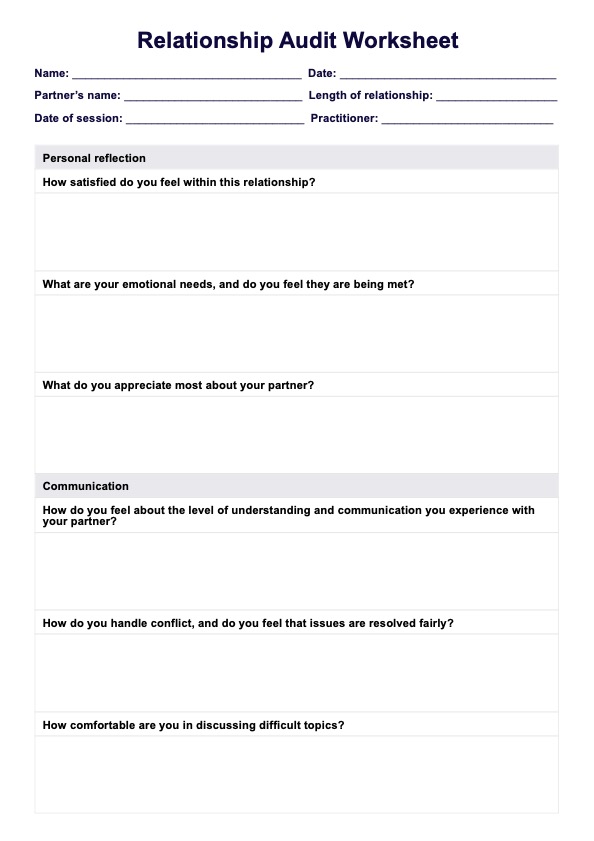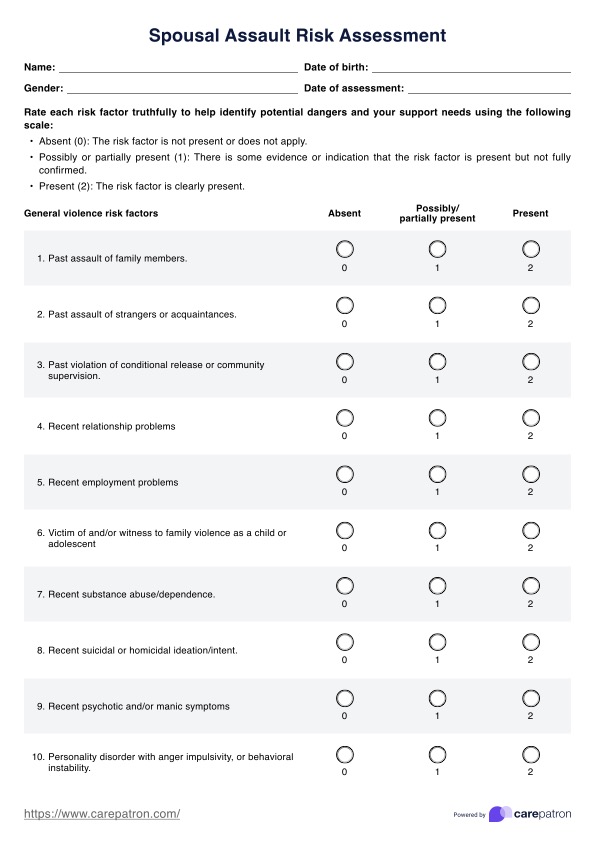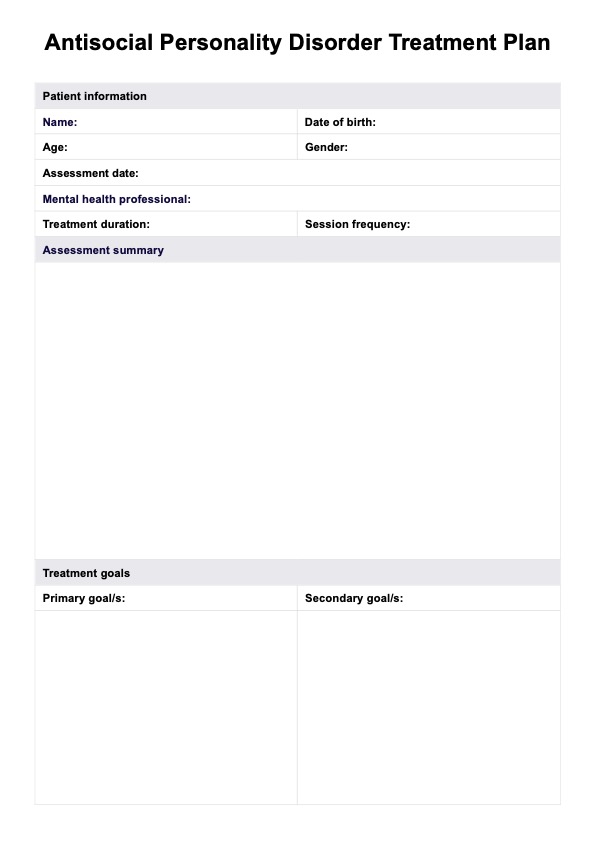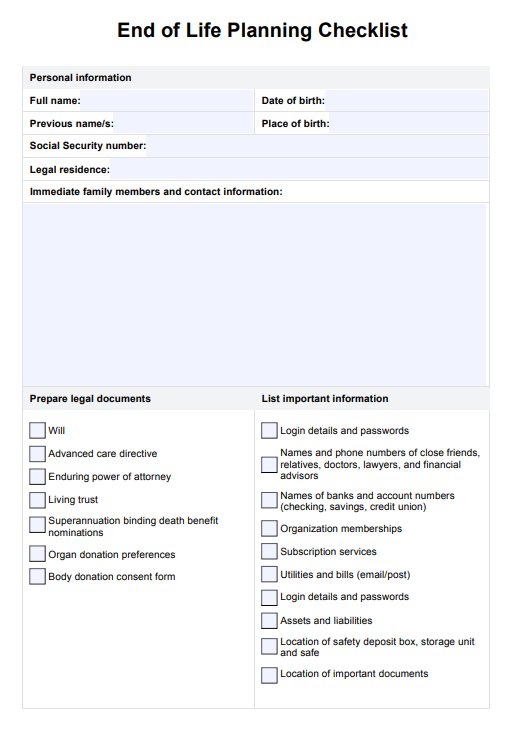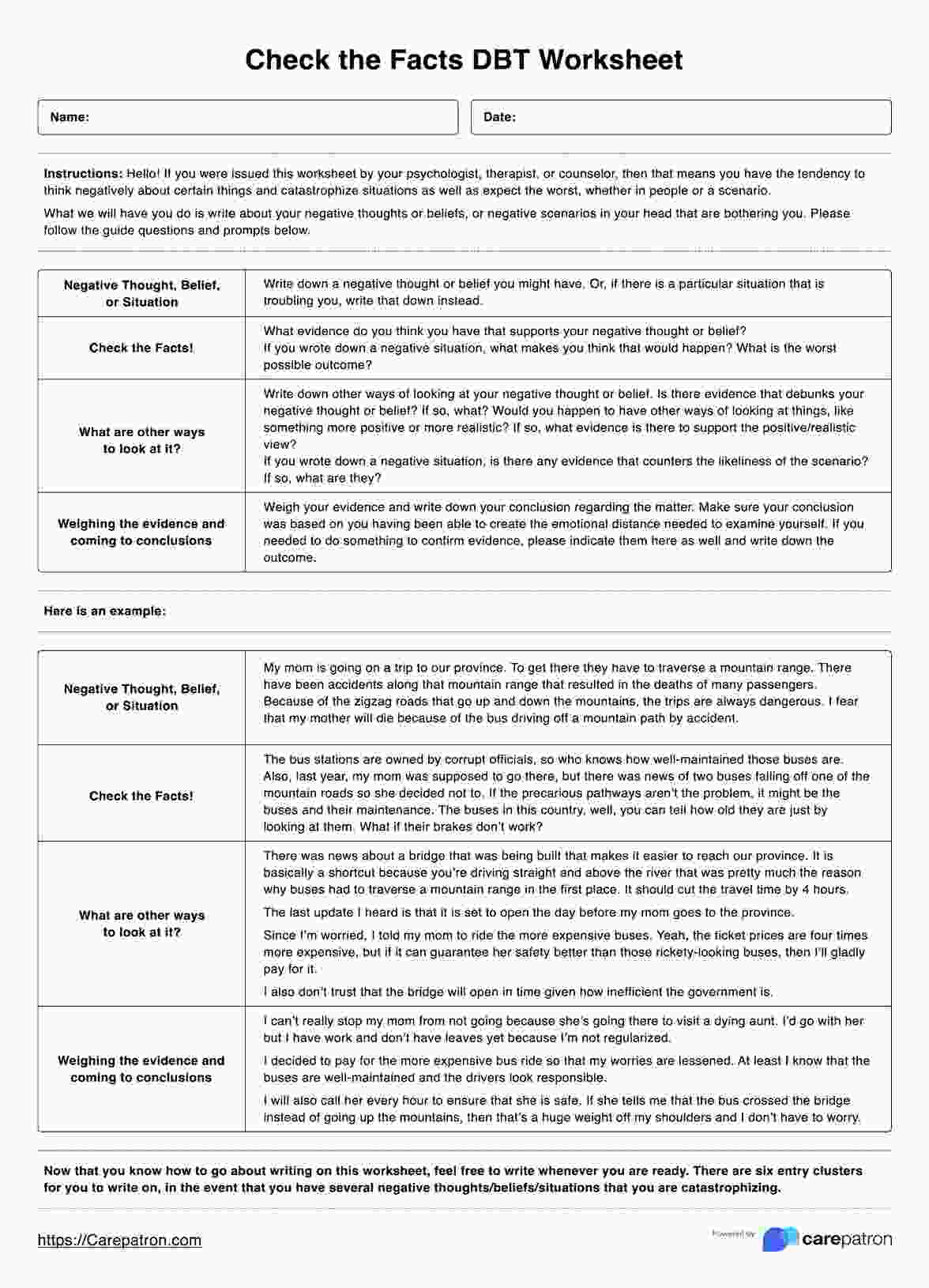Love Languages Chart
Use our Love Languages Chart to educate clients and help improve communication in their relationships. It comes with a test as well!


An introduction to love languages
Love languages describe the various ways individuals express and experience love. The concept, developed by Dr. Gary Chapman in his 1992 book The Five Love Languages, revolutionized relationship counseling and personal understanding of emotional expression. According to Chapman, each person has a primary love language that speaks more deeply to them than others, influencing their emotional well-being and relationship satisfaction.
The history of love languages is rooted in marriage counselor Dr. Gary Chapman's observations of couples and romantic relationships over several years. His work suggested that misunderstandings and conflicts in relationships often arise from differing expressions of love, leading to the identification of five distinct love languages. This concept has since become a fundamental tool in relationship counseling and self-awareness.
This framework has also found relevance in other areas of life, including parenting, friendships, and even professional relationships. Recognizing and respecting individual love languages can lead to more fulfilling and harmonious interactions across various aspects of life.
Love Languages chart Template
Love Languages chart Example
What are the five love languages?
Love languages present five distinct ways people express and experience love. Understanding these languages can profoundly impact how individuals communicate affection and feel valued in relationships. Here's an overview of each love language:
Words of affirmation
Words of affirmation involve expressing love and affection through verbal communication. This can include compliments, appreciation, verbal encouragement, frequent "I love you" affirmations, and even written words of love.
For people who favor this love language, hearing why they are loved is as important as the feeling itself. They thrive on spoken acknowledgment and affirmations from their partners. It could be praise for their achievements or verbal reassurance of love and support for children.
Quality time
Quality time is about giving undivided attention to a partner and demonstrating love through shared experiences and active listening. People who value this language feel most loved when their partner makes an effort to spend time with them, engage in activities together, or have meaningful conversations without distractions.
For children, it often involves participating in their favorite activities, reading together, or simply being present and attentive.
Gift giving
For some, receiving thoughtful gifts is a powerful expression of love and thoughtfulness. This love language isn't necessarily materialistic. It is more about the sentiment behind the gift. Well-chosen, meaningful gifts demonstrate that the giver listens to their partner's needs and desires. For children, a thoughtful gift could be a small token that shows you were thinking of them, like a souvenir from a trip.
Acts of service
Acts of service are actions taken to ease the burden of responsibilities. Those who speak this love language feel loved when their partner makes thoughtful gestures to make their life easier, such as cooking a meal, doing chores, or running errands. It's about showing love through helpful and considerate actions.
Physical touch
Physical touch involves expressing love through physical contact. It's not just about sex. It includes holding hands, hugging, kissing, and other forms of physical intimacy. For kids, it often means cuddles, pats on the back, playful tickles, or a comforting hug. Physical touch, often the final love language on the list, includes meaningful physical connections that can significantly deepen bonds. For individuals prioritizing this language, appropriate physical touch and physical affection are direct and powerful ways to communicate love and affection.
Understanding these love languages can help individuals and couples develop deeper emotional connections by catering to each other's preferred love language. Recognizing and respecting each other's love language fosters empathy and strengthens the bond in a relationship.
How to use this Love Language Chart
The Love Language Chart is a practical tool for mental health professionals and is a helpful starting point to help clients effectively understand and communicate their love languages. Here's a step-by-step guide for professionals to utilize this chart in therapy sessions:
Step 1: Access our template
Begin by accessing the Love Language Chart template on the Carepatron app. This can be used to educate your clients about the five love languages.
Step 2: Discuss each love language
Discuss each of the five love languages, explaining their characteristics and giving examples. Encourage them to reflect on how these languages resonate with their personal experiences in relationships, including with family, friends, and romantic partners.
Step 3: Identify personal love languages
Facilitate a conversation to help clients identify their primary and secondary love languages. Encourage them to think about past experiences and preferences when receiving and expressing affection.
Step 4: Have clients answer the love language test
Use the test that comes with the chart to learn how clients prefer to receive and express love in each language. This is also an opportunity for clients to better understand their love languages or to learn the most essential love languages of others, whether their romantic partners or platonic relationships. The category with the highest score is likely their most important love language, but that's not definitive because only the person answering the test can dictate what they truly value.
Step 5: Develop strategies based on learnings
Discuss strategies with clients to communicate their love languages to others effectively. Develop practical ways to incorporate their understanding of love languages into their relationships by setting communication goals concerning their romantic partners or platonic relationships.
Step 6: Review and reflect
Encourage regular reflection on how understanding love languages has impacted their relationships. Review progress in therapy sessions and adapt strategies as needed.
The benefits of using this chart and test
Understanding a person's love language has profound implications for personal growth and the development of healthier, more fulfilling relationships. Here are some key benefits that mental health professionals can help clients attain:
Enhanced self-awareness
Knowing one's love language fosters a deeper understanding of personal emotional needs and preferences. This self-awareness is crucial for personal development and emotional well-being.
Improved communication in relationships
Awareness of one's own and other's love languages can significantly enhance communication. It allows individuals to express their needs clearly and understand their partner's way of expressing love, reducing misunderstandings. Clients can become more empathetic and understanding towards the people in their lives.
Strengthened emotional connections
Understanding love languages can deepen emotional connections in relationships. By recognizing and respecting each other's preferred ways of giving and receiving love, couples can build stronger, more empathetic bonds.
Help them learn conflict resolution
Knowledge of love languages can be instrumental in resolving conflicts. Recognizing the root of emotional disconnects often lies in differing love languages can lead to more effective and compassionate solutions.
Personal and relational growth
Using love languages as a framework can guide individuals and couples in their journey of personal and relational growth, helping them cultivate more loving and rewarding relationships.
This understanding of love languages is a powerful tool in therapy. It assists clients in navigating their emotional landscapes and enhances their interpersonal dynamics.
Commonly asked questions
The five love languages are words of affirmation, quality time, receiving gifts, acts of service, and physical touch. Each language represents a different way of expressing and experiencing love in relationships.
Like men, women's love languages can vary widely. However, many women often value quality time and words of affirmation, appreciating meaningful conversations and verbal expressions of love.
While love languages vary significantly among individuals, many men appreciate acts of service and physical touch. However, it's important to recognize that each person has unique preferences.


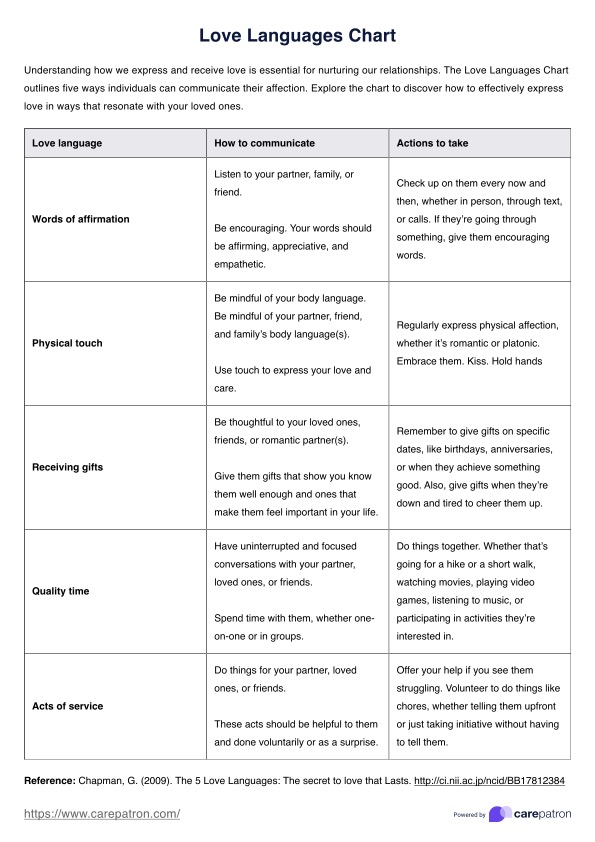
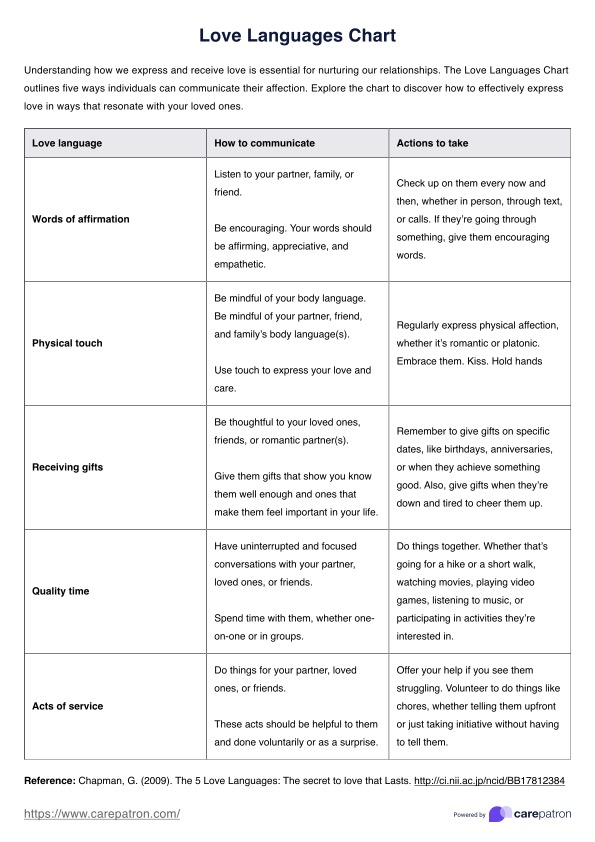

















-template.jpg)


